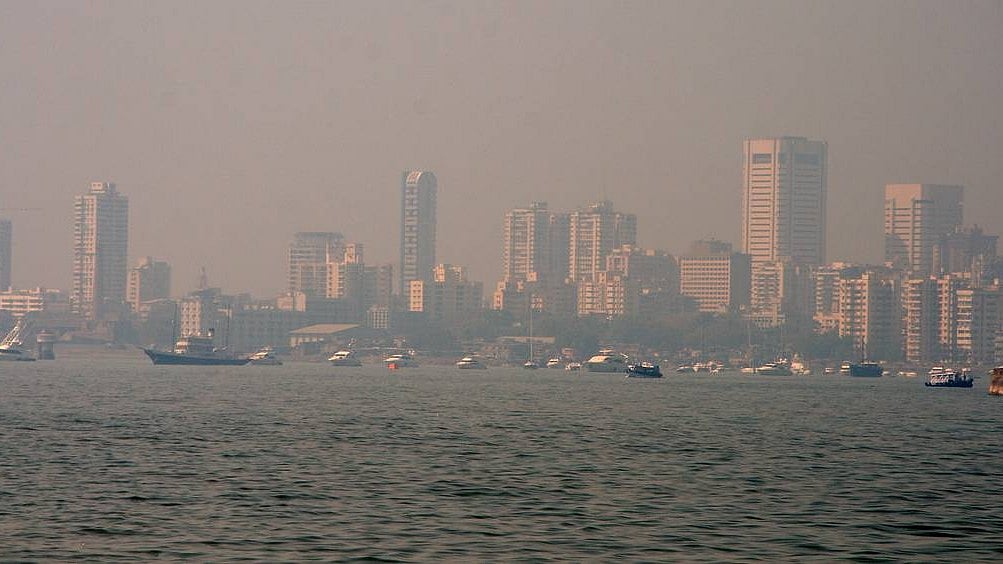Environment
Don't blame Ethiopia volcano for poor air quality in Mumbai: Bombay HC
Bench asks government to clarify what effective measures can be adopted to tackle Mumbai’s pollution

The Bombay High Court on Thursday dismissed the Maharashtra government’s claim that ash clouds from a volcanic eruption in Ethiopia were responsible for Mumbai’s deteriorating air quality, observing that the city’s pollution levels had already been “consistently poor” long before the eruption.
A bench of Chief Justice Shree Chandrashekhar and Justice Gautam Ankhad was hearing a batch of petitions filed in 2023 concerning worsening pollution levels and the city’s persistently high AQI (air quality index) Senior advocates Darius Khambata and Janak Dwarkadas, appearing for the petitioners, pointed out that the AQI in Mumbai has repeatedly crossed 300 this month.
In response, additional government pleader Jyoti Chavan attributed the recent spike in pollution to ash clouds from the eruption of the Hayli Gubbi volcano in Ethiopia earlier this week.
The bench disagreed sharply. “Even before this eruption, if one stepped out visibility was poor beyond 500 metres,” it remarked, rejecting the state’s explanation and noting that Mumbai’s AQI had been deteriorating well before the volcanic activity.
Published: undefined
Referring to the crisis in Delhi, where AQI levels have reached hazardous levels, the bench asked the government to clarify what effective measures can be adopted to tackle Mumbai’s pollution.
“What can be the most effective measures? We are all seeing what is happening in Delhi. What is the effect of that?” the judges questioned.
The matter will be heard again on Friday.
The Hayli Gubbi shield volcano, located in Ethiopia’s Afar region, erupted on Sunday, sending an ash plume soaring nearly 14 km (45,000 feet) into the sky. Satellite imagery has shown the plume drifting eastward across the Red Sea toward the Arabian Peninsula and parts of the Indian subcontinent.
Published: undefined
Follow us on: Facebook, Twitter, Google News, Instagram
Join our official telegram channel (@nationalherald) and stay updated with the latest headlines
Published: undefined